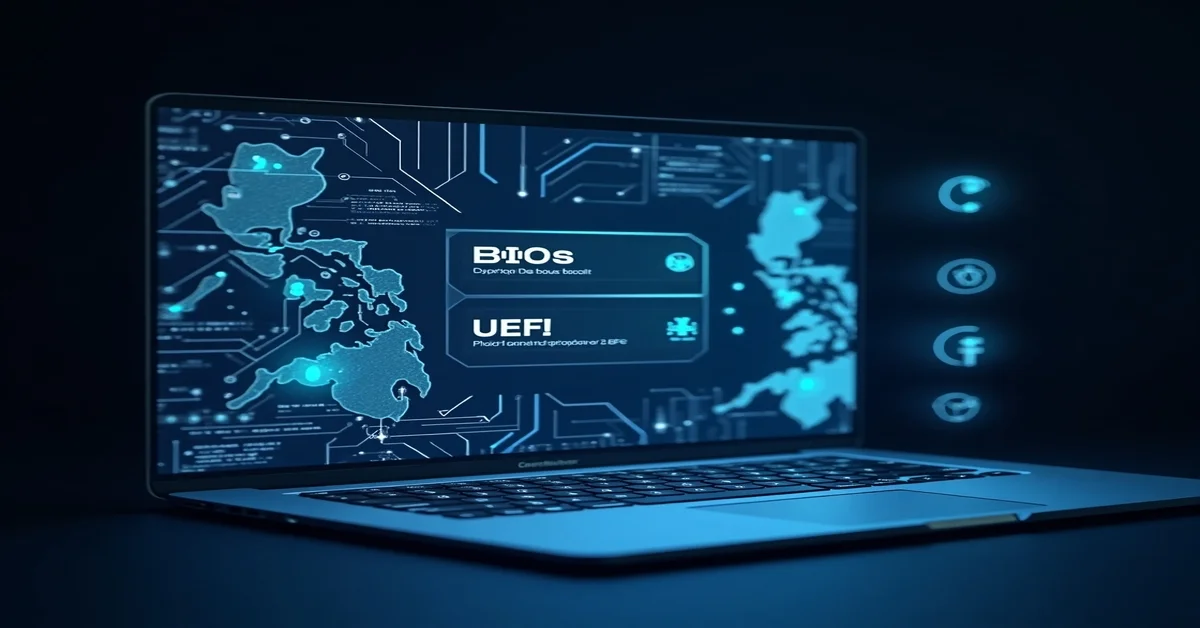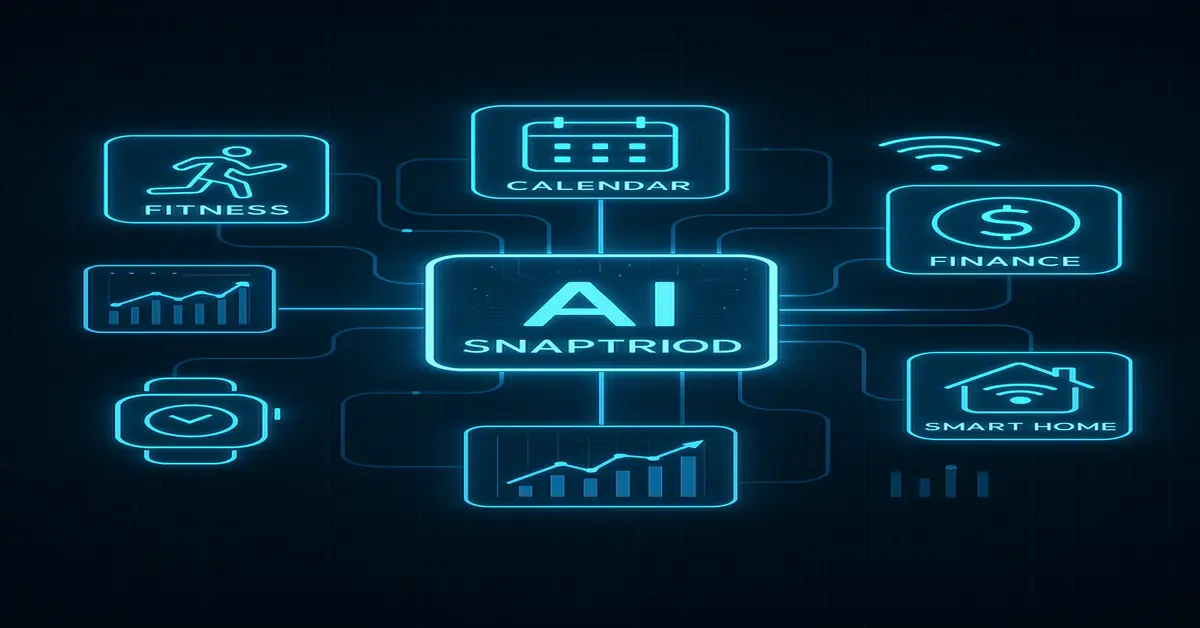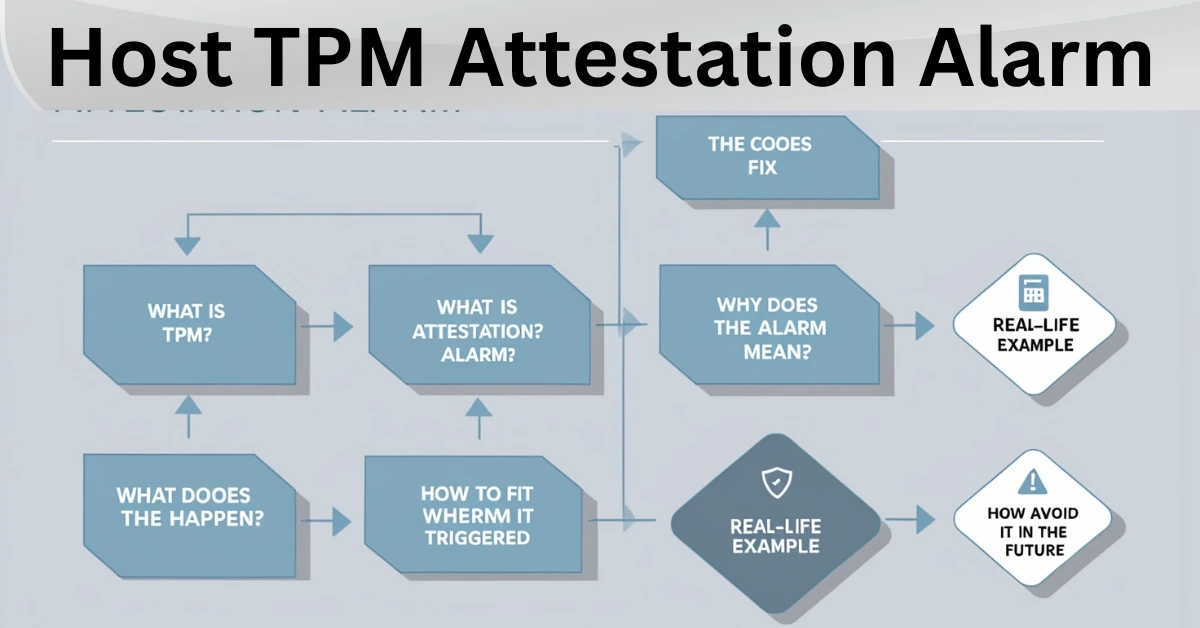If you’ve ever turned on a computer or laptop, you’ve probably interacted with the BIOS without even knowing it. BIOS stands for Basic Input/Output System, and “PH” can refer to different meanings based on where you’re hearing the term, especially in a local (Philippine) context.
What is BIOS?
BIOS is a small program that lives inside your computer’s motherboard. Think of it like the brain’s assistant. It wakes up your computer when you press the power button and checks if all the parts, like the hard drive, memory, and keyboard, are working.
Here’s what BIOS does:
- Starts the computer: It starts the computer by running the very first software as soon as you power on your PC.
- Checks hardware: It runs a test called POST (Power-On Self Test) to check that your computer’s parts are working.
- Loads the operating system: BIOS helps your Windows, Linux, or any other OS start working.
- Manages settings: It lets you control hardware settings like boot order, date/time, and more.
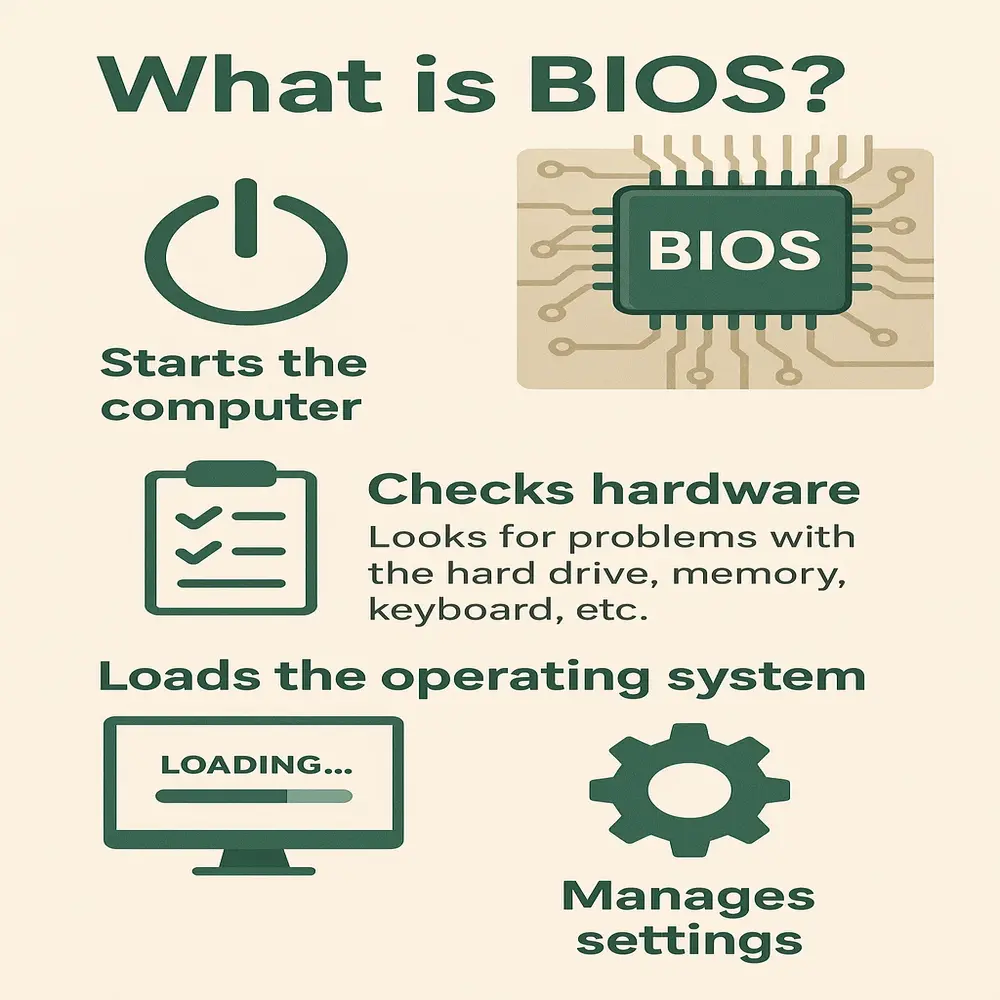
What Does “PH” Mean in BIOS PH?
Let’s now explore what the “PH” represents in BIOS PH. Two popular interpretations depend on context:
1. BIOS PH as a Local Tech Service (Philippines)
In the Philippines, BIOS PH might refer to a local tech support or repair service that deals with computer BIOS problems. Many tech shops and IT professionals brand themselves using tech terms plus country codes like “PH” (short for the Philippines).
So, BIOS PH could be a business or page name that helps people fix:
- BIOS errors
- Laptop won’t boot issues
- Motherboard firmware updates
- Password-locked BIOS
- Computer startup troubleshooting
These services are especially useful for people who don’t know how to fix their laptop or PC and need hands-on help.
2. BIOS PH as a Local Tech Label
In some online communities, BIOS PH can also be used as a tag or label for posts related to BIOS topics specific to Philippine users. These posts may cover topics like:
- BIOS-compatible laptops sold in PH
- Step-by-step guides are available to help local users access the BIOS setup on their devices.
- Support and updates tailored for popular computer brands in the Philippines, such as Acer, Asus, and Lenovo, are readily available for local users.
Why Is BIOS Important?
Even though BIOS is not something you see daily, it plays a very big role in your computer’s life. Without BIOS, your computer wouldn’t even turn on properly. It’s like a traffic cop for all the hardware parts, telling them how to behave before the main software (like Windows) kicks in.
BIOS also provides a setup menu. You can enter this menu by pressing keys like Del, F2, or Esc when the computer starts. From there, you can:
- You can set the boot order, choosing whether the system loads first from a USB drive, hard disk, or CD.
- Set the system time and date
- Enable or disable built-in features
- Secure your system with a BIOS password
Common BIOS Problems People Face
Whether you’re in the Philippines or anywhere else, BIOS issues are usually scary because they happen before your computer even loads Windows. Here are some common problems:
- Black screen on startup
- Beeping noises
- BIOS password locked
- Boot device not found
- Need to update BIOS for new hardware
Fixing the BIOS can be tricky because even a small mistake can make the computer unusable. That’s why many people search for services like “BIOS PH” for expert help.
How to Know If Your BIOS Is Working Fine?
Most of the time, BIOS does its job silently in the background. But if you see anything unusual, like your PC taking longer to start or showing strange errors, the BIOS might be the reason.
Here’s how to check if your BIOS is in good condition:
- Run diagnostics tools like the built-in BIOS test or third-party apps
- Check your system info to see the BIOS version and update status
- Watch for warning signs like failed boot, missing drives, etc.
Updating BIOS: Yes or No?
Many people wonder if they should update the BIOS. Here’s a simple way to decide:
You should update the BIOS if:
- You are installing a new processor
- You are facing startup problems
- A new BIOS version fixes bugs in your system
You should not update the BIOS if:
- Your computer is working fine
- You don’t know how to update it safely
- The update doesn’t offer anything useful for your device
Always read the update instructions carefully, and only download BIOS updates from the official website of your laptop or motherboard manufacturer.
How to Enter BIOS on Your Computer?
Want to check your BIOS settings? Here’s how: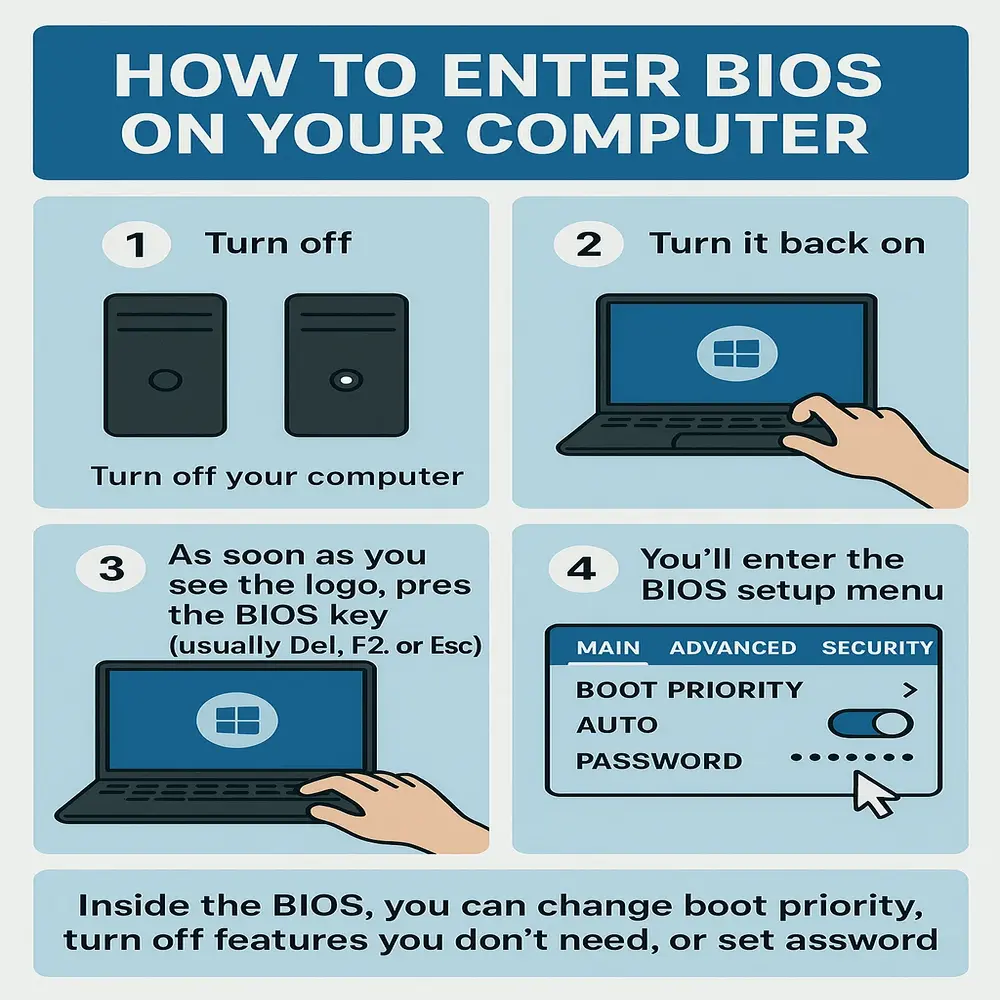
- Turn off your computer
- Turn it back on
- As soon as you see the logo, press the BIOS key (usually Del, F2, or Esc)
- You’ll enter the BIOS setup menu
Inside the BIOS, you can change boot priority, turn off features you don’t need, or set a password.
Tips for Safe BIOS PH Use
- Don’t mess with BIOS settings if you don’t know what they do
- Write down the default settings before changing anything
- Avoid BIOS updates during power outages
- Use official BIOS update tools only
- Seek help if you’re stuck. BIOS PH services or forums can guide you
Why Search Terms Like BIOS PH Are Popular?
People search for “BIOS PH” online for different reasons:
- They’re looking for help in the Philippines
- They need a BIOS guide in simple English
- They want to fix their system without going to the shop
- They want to find trusted services near them
It’s a term that reflects both the tech topic (BIOS) and local interest (PH).
Conclusion
BIOS is a key part of your computer that starts up the system and helps your hardware work together. Even if you don’t see it, it plays a big role behind the scenes. Whether you’re in the Philippines or elsewhere, knowing about BIOS and terms like “BIOS PH” can help you fix issues or upgrade your PC more easily. Support labeled “BIOS PH” often points to helpful guides or solutions for BIOS-related problems.
